Urban pest management
Urban environments, with their varying population densities and complex infrastructures, are prime locations for rodent proliferation. Species such as the norway rat (rattus norvegicus), the black rat (rattus rattus), and the common mouse (mus musculus) pose significant public health risks, cause substantial material damage to infrastructures, and can severely harm the reputation of businesses and municipalities worldwide. For pest control operators (PCOs), who are the first line of defense, a deep understanding of these pests’ habits is not only beneficial, it is essential for developing integrated, innovative, and sustainable control strategies adapted to diverse urban landscapes.
Identifying key urban rodent nesting areas: the first step to successful control
Effective rodent management begins with precisely identifying where these pests establish themselves. Understanding these common nesting sites, which vary slightly depending on climate and urban planning, is the cornerstone of any successful pest management program:
• Underground networks: sewers, subway tunnels, utility conduits, and piping systems offer ideal shelter, discreet travel routes, and constant access to water and food. These networks are often the primary points from which infestations spread to the surface, regardless of the city’s geographical location.
• Aging and disused buildings: dilapidated structures, damp basements, unused attics, and vacant lots provide safe havens, often difficult to access and with multiple entry and exit points. This is a universal challenge, from historic european centers to sprawling asian megacities.
• Waste management hubs: sorting centers, landfills, poorly sealed waste containers, composts, and the surroundings of food establishments are abundant and easily accessible food sources that massively attract rodents to urban areas worldwide.
• Urban green spaces: parks, public and private gardens, and riverbanks offer natural camouflage and burrowing areas for nests, often located near readily available food sources. Their prevalence varies, but their role as rodent habitats is constant.
• Logistics and transit points: ports, train stations, warehouses, and industrial zones are critical transit points for goods. They can unintentionally introduce rodents and provide them with shelter and sustenance upon arrival.
Advanced rodent control strategies: choosing a professional and integrated approach
For sustainable management of urban rodent populations, a professional and integrated approach is imperative, always adapting to local regulations and environmental conditions.
Precise inspection and diagnosis: the critical initial step before any intervention, a thorough inspection is paramount. It allows professionals to accurately identify the rodent species, assess the extent of the infestation, locate entry points, map movement routes, and confirm nesting areas. This detailed understanding enables highly targeted and effective treatment plans, adaptable to different climates and building types, from tropical zones to temperate regions.

Proactive prevention and exclusion measures (proofing)
• Rigorous sanitation: implementing strict waste management protocols, regularly cleaning high-risk areas, and eliminating stagnant water sources are vital steps to limit access to essential resources. The effectiveness of this approach heavily depends on local infrastructure and community practices.
• Structural exclusion: sealing cracks, installing rodent-proof grates on openings, and securing doors and windows are fundamental structural measures to prevent access to buildings. Methods and materials may vary based on local construction techniques and climate.
Strategic application of professional rodenticides
The use of rodenticides must be both targeted and secure, in full compliance with relevant local and international regulations:
• Product selection: choosing highly effective formulations against the target species, carefully considering potential resistance patterns, environmental factors (e.g., humidity, temperature stability), and local regulatory approvals. LODIGROUP’s r&d focuses on formulations that maintain their efficacy under diverse conditions.
• Strategic placement: deploying secure and tamper-resistant bait stations along rodent pathways and near nesting areas. This protects non-target animals and prevents accidental exposures, a universal best practice.
• Protocol adherence: strictly following application guidelines and safety protocols to minimize risks to the environment and non-target organisms. This includes training professionals in best practices for their specific region.
Continuous monitoring and long-term follow-up a continuous monitoring program using advanced traps, remote monitoring tools, and regular visual inspections is essential to assess treatment effectiveness and detect any new activity. Regular adjustments, based on monitoring data and evolving challenges, ensure sustainable control and are supported by emerging technologies for remote surveillance.
LODIGROUP solutions: your partner for urban pest management
At LODIGROUP, we are committed to providing innovative and compliant rodent control solutions that meet the rigorous standards of professionals worldwide. Our products are formulated for maximum efficacy, designed to integrate seamlessly into comprehensive pest management plans, and strictly adhere to prevailing local regulations, environmental safety protocols, and varying tolerance levels in international markets. Our international expertise ensures adaptable solutions for diverse urban challenges.
